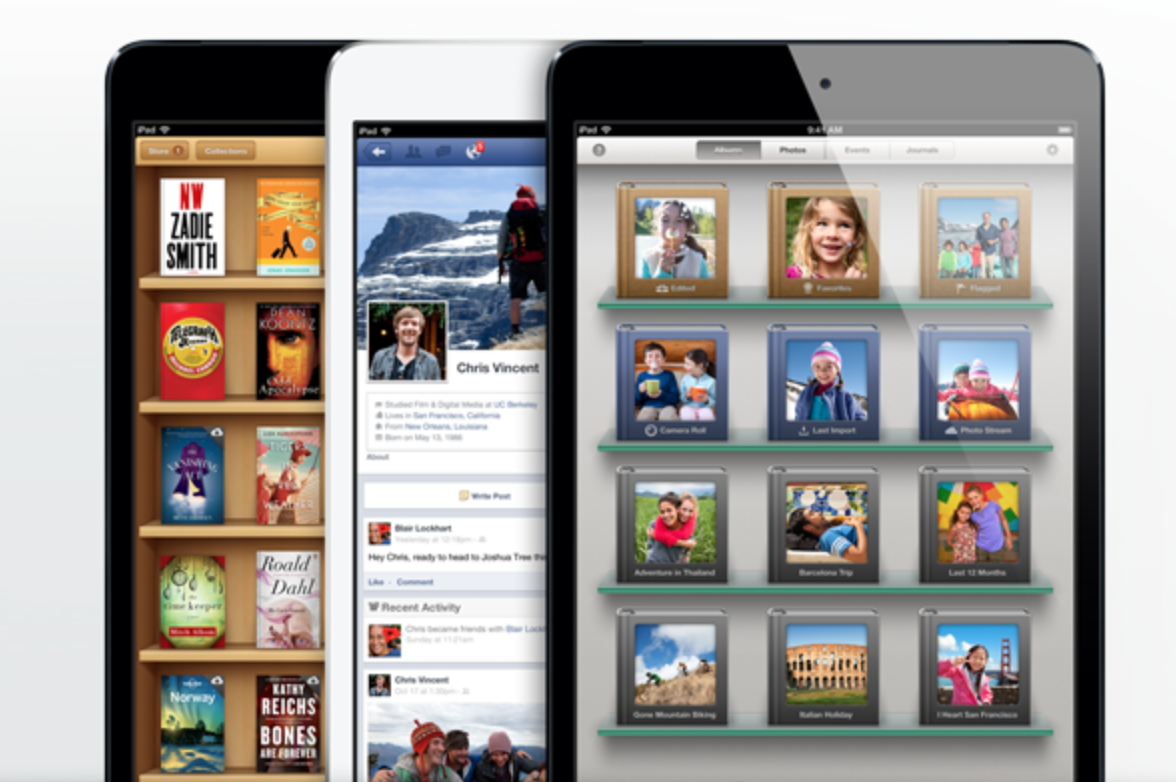Today, we perceive the iPad Pro as an integral part of Apple's product portfolio. However, their history is relatively short - the first iPad Pro saw the light of day only a few years ago. In today's part of our series dedicated to the history of Apple, we will remember the day when the first iPad Pro was officially launched.
It could be interest you

After months of speculation that the Cupertino company was preparing a tablet with a giant display for its customers, and about two months after the tablet was officially introduced, the large iPad Pro is actually starting to go on sale. It was November 2015, and the new product with a 12,9" display, stylus and functions clearly aimed primarily at creative professionals caught the attention of users, the media and experts. But at the same time, the iPad Pro represented a fairly significant departure from the idea that Steve Jobs originally had about the Apple tablet.
Compared to the classic original iPad, whose display was only 9,7", the iPad Pro was indeed significantly larger. But it wasn't just a pursuit of size - larger dimensions had their justification and their meaning. The iPad Pro was large enough to fully create and edit graphics or videos, but at the same time it was relatively light, so it was comfortable to work with. In addition to the large display, the Apple Pencil also surprised everyone. As soon as Apple presented it together with the tablet at its conference at the time, many people remembered Steve Jobs' memorable rhetorical question:"Who needs a stylus?". But the truth is that the Apple Pencil was not a typical stylus. In addition to controlling the iPad, it also served as a tool for creation and work, and received positive reviews from a number of places.
In terms of specifications, the 12,9” iPad Pro boasted an Apple A9X chip and an M9 motion coprocessor. Like the smaller iPads, it was equipped with Touch ID and a Retina display, which in this case meant a resolution of 2 × 732 and a pixel density of 2 PPI. Furthermore, the iPad Pro was equipped with 048 GB of RAM, a Lightning connector, but also a Smart connector, and there was also a traditional 264 mm headphone jack.
Apple has made no secret of its idea that the new iPad Pro could, thanks to the Apple Pencil and advanced options, replace a laptop in some cases. Although this ultimately did not happen to a greater extent, the iPad Pro nevertheless became a useful addition to Apple's product offering, and at the same time another well-functioning proof that Apple devices have the potential to be used in the professional sphere.

